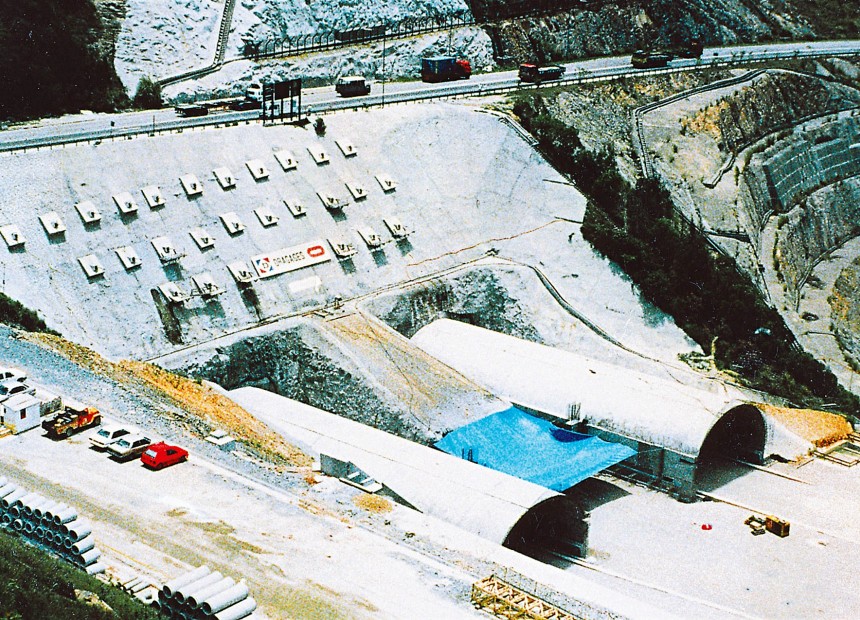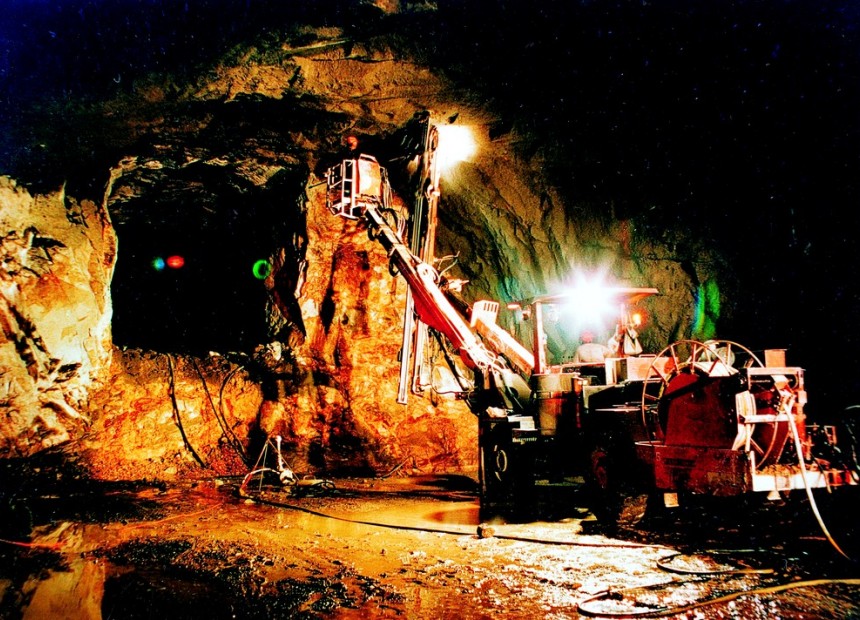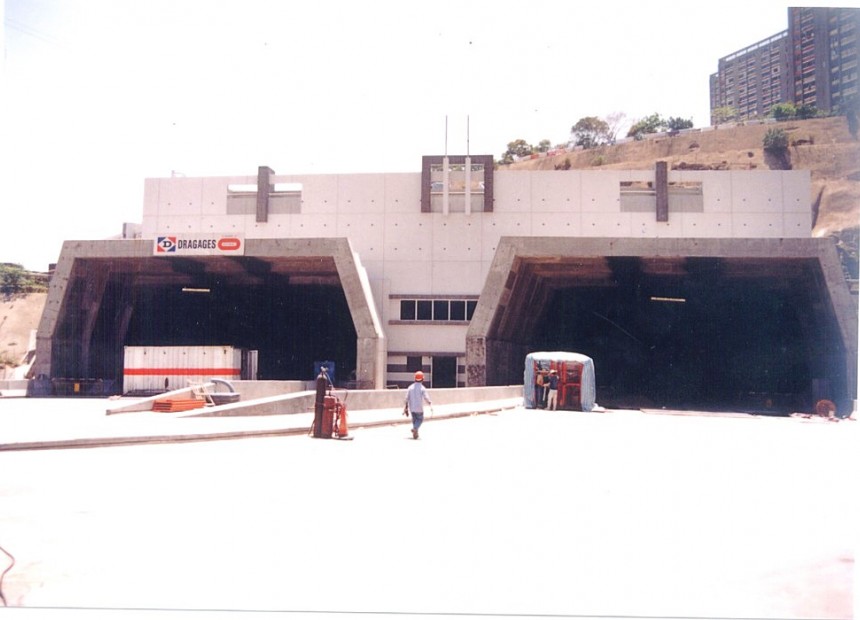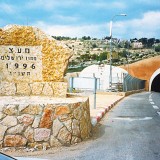Within the scope of the project, PeBeKa built two parallel, three-lane road tunnels leading to the new airport in Hong Kong. The company constructed also crosscuts for pedestrians and vehicles.
The tunnels constitute an important part of the Tsing Kwai motorway. The motorway leads to the Hong Kong's new airport, which handled 68.5 million passengers in 2015.
The Cheung Ching Tunnel – Hong Kong
Investor: Dragages et Travaux Publics
Time of project execution: 1993 - 1995
Additional technical data:
- Length of each tunnel: 1500 m
- Cross section of each tunnel: 135 m2
- Motorway lanes in each tunnel: 3
- Applied technology: tunnels in a preliminary support made of sprayed concrete and anchors. A final support made of monolithic concrete
Location
China,
Region of Hongkong
Project outline
The tunnels were bored partly in monolithic granites and partly in highly dislocated and faulted volcanic rocks.
The rocks of the tunnel's both portals were reinforced with concrete and steel. Although the tunnel was bored using explosives, the outline of the support had to be made with the accuracy of a few centimetres. The proximity of buildings forced the contractor to reduce the intensity of ground vibrations and to use special silencers on tunnel fans.
During the boring operations conducted in hard granites PeBeKa used the NATM method, in which rock mass is used as a load bearing element of a tunnel structure. The project was one of the largest undertakings carried out by the company. It was able to utilise fully its extensive mining experience.
Greatest challenges
- Developing special blasting records in order to limit the scope of ground vibrations and to achieve the planned dimensions of the breakout
- Protecting overground facilities such as sky scrapers, power lines, drinking water reservoirs, and roads
Key moment
- Performing works connected with the construction of the permanent concrete support simultaneously with the face advance
- Replacing traditional explosive charges with blasting emulsion





